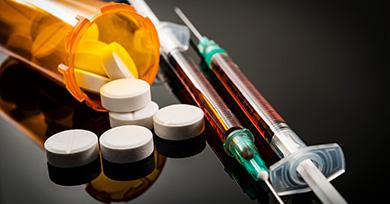
Breadcrumb
- Home
- Search a publication
- Morphine sulphate consumption by French drug users...
The use of morphine sulphate outside of the scope of the therapeutic framework is not a new phenomenon. However, starting in 2000 and for a decade thereafter, such use appeared to be fairly controlled, geographically-contained and volatile over time. Since 2011 or so, there has been a rise in demand that is disparate, but geographically widespread.

Morphine sulphate is the active ingredient in a class of opioid medications indicated in the treatment of intense pain and/or pain uncontrolled by other analgesics. Although they do not have marketing authorisations for use in treating opioid drug addiction, morphine sulphates are sometimes prescribed in this indication, either within the scope of the “Girard circular” of 27 June 1996 or outside of this framework. Moreover, morphine sulphate-based medications can be used for reasons other than substitution by drug users and be misappropriated for sale on the black market.
The main morphine medication that is misappropriated is Skenan® LP, a sustained release formulation that exists in several dosages of microsphere-filled capsules. Moscontin® LP, another sustained-release formulation, sold in tablet form by a different company, and Actiskenan®, a rapid-release formulation, are not very present on the black market and do not seem to be particularly sought-after. Medications containing morphine sulphate are classified as narcotics.
Two main reasons help to explain the rise in demand:
Finally, the hypothesis that methadone is difficult to access in certain rural areas should be explored given the geographic differences in use among CAARUDs (low-threshold structures) clients.